Filter by
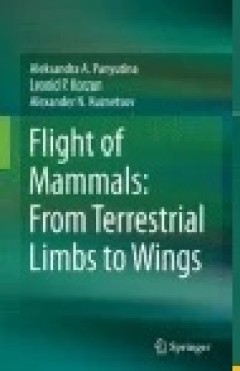
Flight of Mammals: From Terrestrial Limbs to Wings
This book offers a new explanation for the development of flight in mammals and offers detailed morphological descriptions of mammals with flapping flight. The skeletomuscular apparatus of the shoulder girdle and forelimbs of tree shrews, flying lemurs and bats is described in detail. Special attention is paid to the recognition of peculiar features of the skeleton and joints. For the basic loc…
- Edition
- -
- ISBN/ISSN
- 978-3-319-08756-6
- Collation
- XXVII, 303 hlm.
- Series Title
- -
- Call Number
- -

The Inexorable Evolution of Financialisation: Financial Crises in Emerging Ma…
Since the 2007 financial crisis, discussion on issues related to the size, spread and frequency of financial crises has captivated a wide variety of audiences. Why has the world economy experienced such a marked increase in financial transactions and private and public indebtedness since the 1980s? How have middle-income developing countries suddenly become a part of this dynamic? And, most imp…
- Edition
- 1
- ISBN/ISSN
- 978-1137553638
- Collation
- 2635 KB
- Series Title
- The Inexorable Evolution of Financialisation: Financial Crises in Emerging Markets
- Call Number
- -
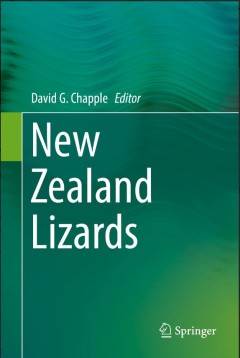
New Zealand Lizards
This edited volume is a timely and comprehensive summary of the New Zealand lizard fauna. Nestled in the south-west Pacific, New Zealand is a large archipelago that displays the faunal signatures of both its Gondwanan origins, and more recent oceanic island influences. New Zealand was one of the last countries on Earth to be discovered, and likewise, the full extent of the faunal diversity pres…
- Edition
- 1
- ISBN/ISSN
- 978-3-319-41672-4
- Collation
- XVI, 375
- Series Title
- -
- Call Number
- -
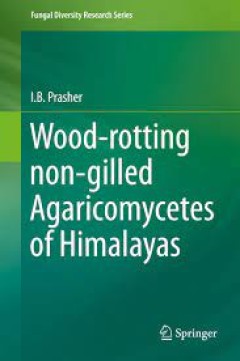
Wood-rotting non-gilled Agaricomycetes of Himalayas
The present volume by the author is based on the outcome of extensive explorations in the Himalayas for more than a decade. It incorporates the original research findings along with that based on literature survey. It is intended to provide a comprehensive account of an important group of fungi which has a direct bearing on wood industry and forest ecosystem besides commercial application in bi…
- Edition
- -
- ISBN/ISSN
- 978-94-017-9858-7
- Collation
- -
- Series Title
- -
- Call Number
- -
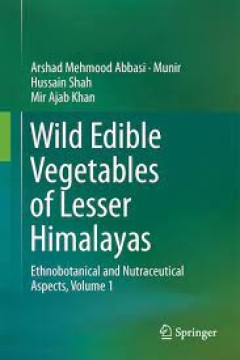
Wild Edible Vegetables of Lesser Himalayas Ethnobotanical and Nutraceutical …
Our intention with this book was to present the reader with the most accurate, significant, and up-to-date background and knowledge in the areas of ethnomedicinal and nutraceutical vegetation for the Lesser Himalayas in a comprehensive text. Wild Edible Vegetables of Lesser Himalayas provides a complete review of over 50 important plants of this region and details each species including photogr…
- Edition
- -
- ISBN/ISSN
- 978-3-319-09543-1
- Collation
- XVII, 360
- Series Title
- -
- Call Number
- -
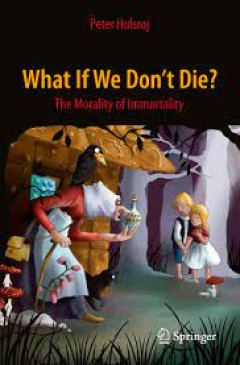
What If We Don't Die? The Morality of Immortality
This book deals with the very real possibility of earthly immortality and the human and societal implications of such immortality, including whether it is desirable. It looks at what makes immortality appear so attractive and at the possibility that we would be better served with longer lives and the freedom to terminate our lives at the time when life has given us all the joy, inspiration a…
- Edition
- -
- ISBN/ISSN
- 978-3-319-19093-8
- Collation
- VIII, 183
- Series Title
- -
- Call Number
- -
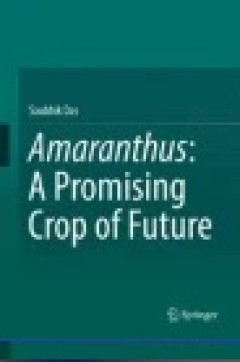
Amaranthus: A Promising Crop of Future
This book serves the larger community of plant researchers working on the taxonomy, species delimitation, phylogeny, and biogeography of pseudo-cereals, with a special emphasis on amaranths. It also provides extensive information on the nutritive value of underutilized pseudo-cereals, the goal being to broaden the vegetable list. Amaranthus is a cosmopolitan genus of annual or short-lived pe…
- Edition
- Ed. 1
- ISBN/ISSN
- 978-981-10-1469-7
- Collation
- IX, 208
- Series Title
- -
- Call Number
- 630 DAS a
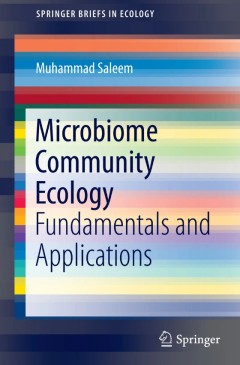
Microbiome Community Ecology
This book reviews the mechanisms, patterns, and processes that regulate prokaryotic diversity through different habitats in the context of evolutionary and ecological hypotheses, principles, and theories. Despite the tremendous role of prokaryotic diversity in the function of the global ecosystem, it remains understudied in comparison to the rest of biological diversity. In this book, the autho…
- Edition
- 1
- ISBN/ISSN
- 978-3-319-11664-8
- Collation
- VIII, 152
- Series Title
- SpringerBriefs in Ecology
- Call Number
- -
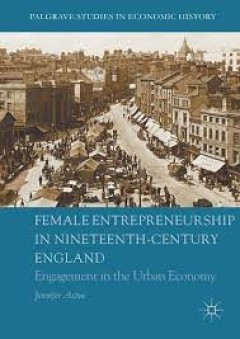
Female Entrepreneurship in Nineteenth-Century England Engagement in the Urba…
Aston challenges and reshapes the on-going debate concerning social status, economic opportunity, and gender roles in nineteenth-century society. Sources including trade directories, census returns, probate records, newspapers, advertisements, and photographs are analysed and linked to demonstrate conclusively that women in nineteenth-century England were far more prevalent in business than…
- Edition
- -
- ISBN/ISSN
- 978-3-319-30880-7
- Collation
- XVII, 257
- Series Title
- -
- Call Number
- -

Medicinal and Aromatic Plants of the World
Medicinal and aromatic plants (MAPs) have accompanied mankind from its very early beginnings. Their utilization has co-evolved with homo sapiens itself bringing about a profound increase in our scientific knowledge of these species enabling them to be used in many facets of our life (e.g. pharmaceutical products, feed- and food additives, cosmetics, etc.). Remarkably, despite the new renaissanc…
- Edition
- 1
- ISBN/ISSN
- 978-94-017-9809-9
- Collation
- VIII, 460
- Series Title
- Medicinal and Aromatic Plants of the World
- Call Number
- -
 Computer Science, Information & General Works
Computer Science, Information & General Works  Philosophy & Psychology
Philosophy & Psychology  Religion
Religion  Social Sciences
Social Sciences  Language
Language  Pure Science
Pure Science  Applied Sciences
Applied Sciences  Art & Recreation
Art & Recreation  Literature
Literature  History & Geography
History & Geography